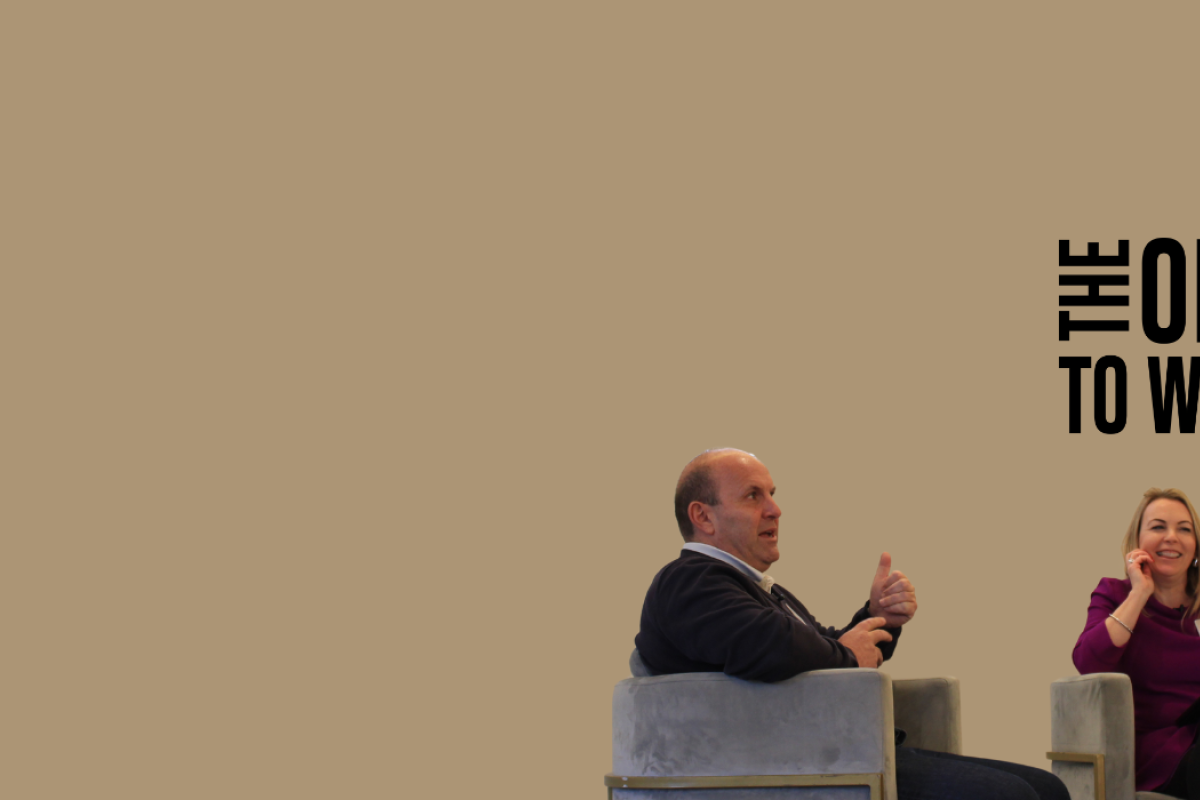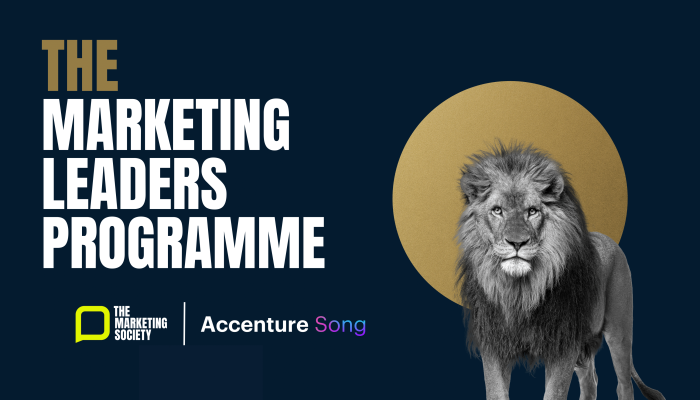Following the success of our first in person OnesToWatch programme in five years, Marc Zander from Teads, our partner for the event shares his thoughts on the concept of responsible advertising and its significance in today’s media landscape.
Brand managers have 2 key roles — to drive brand growth and to hand over the brand in a better place than when they received it. Advertising is a key growth lever, but consumer expectations are becoming greater too, and in the era of hate speech, fake news and AI-generated content, gaining consumer trust whilst driving business growth becomes more challenging. More than ever, it is important for brands to not only create great content, but also take real care to advertise responsibly.
Spotlight on responsible advertising
Responsible advertising is the role of everyone in the media ecosystem, from brands to media agencies and media suppliers, and for me it has 4 core pillars.
Supporting Quality Media
First of all, it’s about supporting quality media. I personally believe that in today’s troubled world there has never been a more important time for quality journalism. But this costs money and needs to be funded either by subscription plans (unlikely) or by advertising, and that’s where Teads comes in.
Over 15 years ago, Teads invented the technology that unlocked video advertising for all quality digital publishers, thereby providing publishers with a great new source of revenue. At the same time, brands got a great opportunity to place their ads within quality, brand safe journalistic content (as opposed to being adjacent to user-generated content on social media).
When a person actively chooses to read an article online in a Condé Nast magazine, they are leaned-in, scrolling slowly and as a result pay much more attention to the advertising, which in turn drives great improvements in brand and sales lift. So responsible advertising can also deliver great results.
Respecting the User
Secondly, it’s about respecting the user. Nobody likes being forced to watch an intrusive sticky ad, especially if it isn’t a very good one. So delivering quality, non-forced, advertising is key to not only avoiding consumer dissatisfaction but also driving increased attention (32% higher, according to Dentsu’s attention study).
Today, pre-testing and optimising creative to ensure it is fit for mobile and Connected TV environments is critical to deliver advertising the consumer will enjoy, and drive effectiveness of every pound invested in media. And in a world without cookies, working with partners with proven cookieless solutions is essential to ensure this content is delivered to the right audience, in the right context, at the right time.
It’s worth noting here, that adhering to consumer data privacy legislation is also a key element of responsible advertising — the number of lawsuits over data privacy that are hitting the headlines these days signal that the industry still has some work to do in this field.
Supporting Diversity and Inclusion
The third pillar is about supporting diversity and inclusion, and this can be done in a number of different ways. The one we focus on at Teads is bringing diverse publishers into our ecosystem and helping them maximise the monetisation of their inventory, without compromising the benefits for brands. This could mean working with agency teams to regularly review blocklists and ensure they are consistent with brand values and driving reach for brands. It could also include supporting minority-owned publications or content supporting specific minorities, which some brands have historically included in their blocklists.
Sustainability and Reducing Brands' Carbon Footprint
And finally, it’s about sustainability and reducing brands’ carbon footprint. Information Communication Technology’s share of global greenhouse gas emissions is at 1.8%–2.8% , and we all have a responsibility to do our bit here too. It is important that brands have a holistic understanding of their campaigns’ emissions across media, ad selection, creative distribution and device manufacturing, as well as electricity consumed while viewing ads. We work very closely with our advertising partners and Scope3 to measure and reduce emissions, using our end-to-end platform. In fact, we know that Teads’ direct supply integrations provide 35% lower emissions related to ad selection.
As I said at the start of the piece, we all have a responsibility to be responsible advertisers. There are simple solutions in the key areas of; supporting quality journalism, reducing your carbon footprint and delivering great content that respects the user, is engaging, diverse & inclusive ... and best of all ... drives better business results too.
Written by Marc Zander, Chief Client Officer at Teads
Published on 27 February 2024



